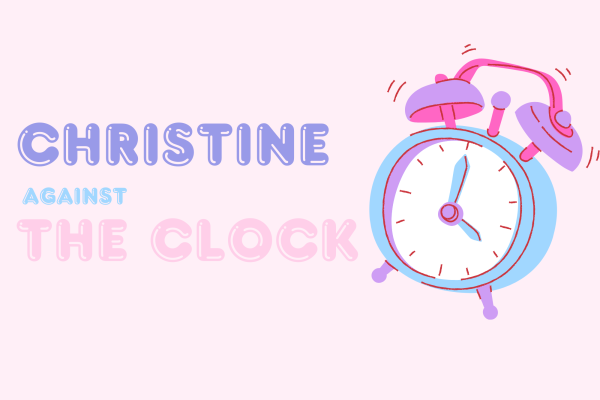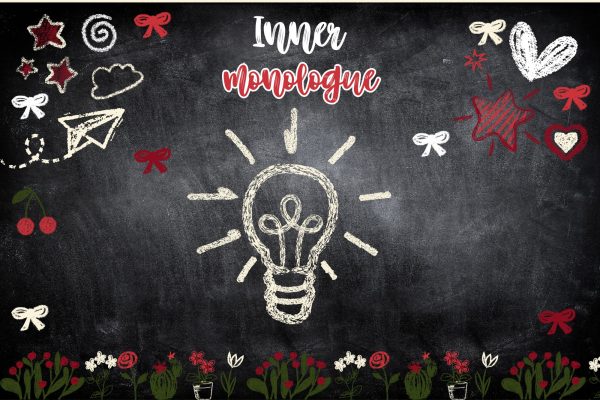Banning classroom discussions on race is unproductive
The barring of teaching race in the school education systems is counterproductive and does more harm than good.
Recent conversations about the public education system have been dominated by discussion about critical race theory, and by extension, the place of race relation curriculum in the classroom at all.
Conservative politicians and leaders have been rallying against critical race theory for the past couple of years, and earlier this month the party got a huge win: after the passage of House Bill 3979, Texas public schools can no longer teach critical race theory, white privilege, or reward students for civic engagement.
The banning of conversations of race relations in classrooms is inherently dangerous, and it’s time to re-evaluate the way our education system approaches these admittedly difficult topics.
Yes, these discussions aren’t easy to have. In fact, one of the most repeated talking points from conservatives who oppose CRT and race conversations in school is that America is not a racist country. But that’s the thing: talking about race and teaching the truth about history is not meant to be a personal attack against the nation. It is not meant to villainize certain groups of students. What it is, is vital to our democracy’s health and future.
Banning conversations about race in an attempt to not antagonize certain students is simply not productive. The argument frequently made is that by teaching about past instances of racism, students will be ostracized and divided. This, however, just is not the case. When done correctly, a lesson about the dark parts of history where racism prevailed over justice, will help all students gain a better understanding of their shared history as Americans, rather than their individual race.
Indigenous history is American history. Black history is American history. The history of BIPOC in America is everyone’s history. Watering down, or ignoring, these stories would be a disservice to all students across the nation. Students deserve to see the way their ancestors interacted with one another because teaching history is the only way to ensure it is not repeated.
Additionally, exploring difficult topics like race in a safe learning environment is immensely beneficial to students. It’s time to understand that with social media and the age of constantly accessible news, adolescents have instant access to all sorts of information and news sources. They are watching world events play out in real-time, and they draw their own conclusions about what is happening and what they should believe.
These conclusions are often built upon unverified tweets, celebrity Instagram posts, and sometimes, other teenage takes on TikTok.
These kids are consuming this information, but do they know what to do with it? Do they know how to critically examine the ideas and facts in front of them? Right now, the answer is no for many students.
Students have little to no context in which they can examine the amount of current events media they are receiving. The internet, with all of its benefits, still cannot compare to the act of having a teacher giving informed lectures and lessons with students’ needs and best intentions in mind.
Regardless of party or political beliefs, the end goal of legislation should always be to better the nation and create a better future for generations to come. Learning about our past, even the dark parts of it, sets society up for improvement; the country can’t learn from its mistakes if it doesn’t teach them.
Banning and punishing these discussions are not productive. Running from the truth of our history is what facilitates ignorance, and breeds complacency when parallels start to form in current political happenings. Texas, and all of the other states debating bills like HB7979, needs to take a hard look at the types of classroom environments being created and re-evaluate the dangerous decision to stigmatize talks of race in public school classrooms.












Ron Sexton • Aug 24, 2023 at 8:27 am
Ms. Culilap, your assertion that, “barring of teaching race in the school education systems is counterproductive and does more harm than good” is astute. And so it follows that teaching “about” Critical Race Theory” and that some believe it explains relationships between races would be part of that education. However, because CRT holds that whites are oppressors of minorities, reducing Blacks to an oppressed segment of our 21st Century society, one might ask, “How is this assertion productive and that teaching it does more good than harm”?
Best regards
Teachers must teach, else societies may not prosper!